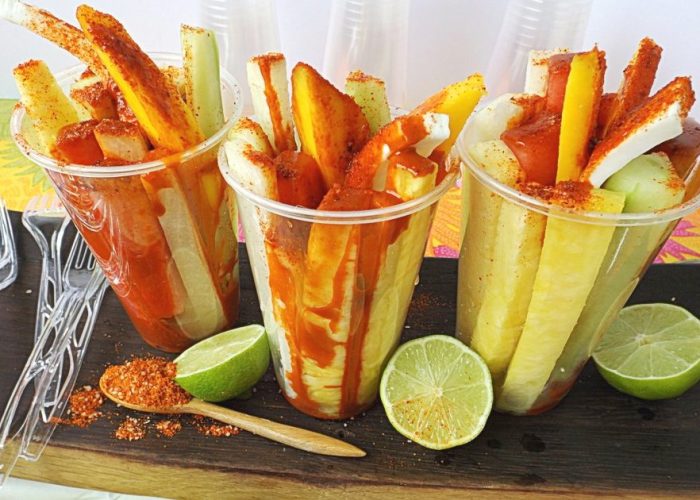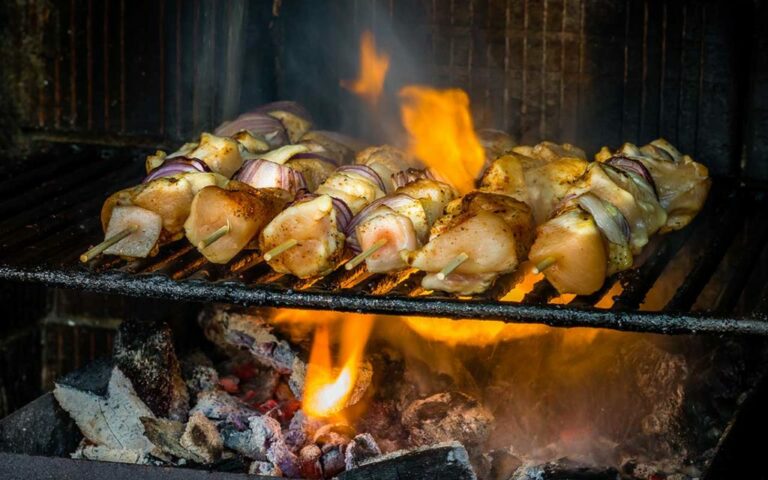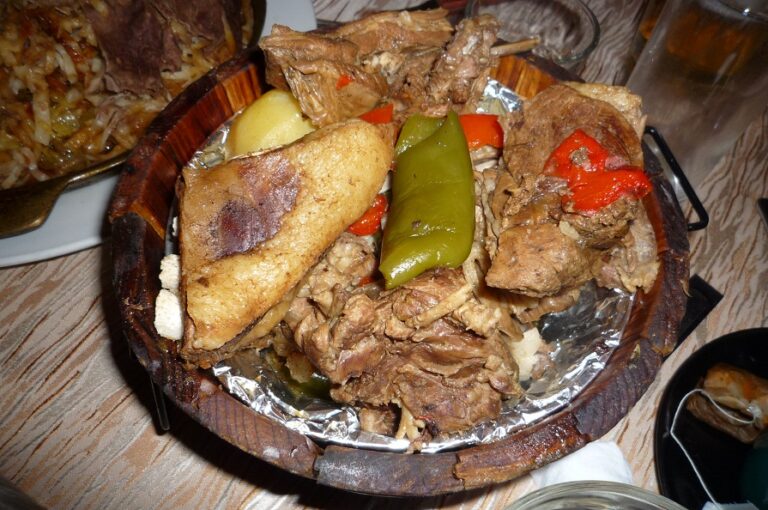Introduction: Exploring Mauritanian cuisine
Mauritanian cuisine, also known as Maghrebi cuisine, is a fusion of Arab, African, and Berber influences. The cuisine is known for its unique blend of spices, slow-cooking techniques, and the use of staple ingredients such as rice, millet, and meat. Mauritania, a West African country, is mostly a desert land. Therefore, the cuisine is adapted to the harsh desert environment, where the ability to preserve food and cook it slowly is essential.
Mauritanian cuisine is not well-known in the culinary world, but it has a rich heritage and a unique flavor profile. In this article, we will explore the cooking techniques that make Mauritanian cuisine stand out.
The role of spices in Mauritanian cooking
Spices are an essential component of Mauritanian cuisine. The most commonly used spices in the cuisine are cinnamon, cumin, ginger, and black pepper. These spices are used in various ways, from being rubbed on meat before grilling to being added to stews and tagines.
Another unique aspect of Mauritanian cuisine is the use of a spice blend called “ras el hanout.” The blend is made up of up to 30 different spices, including turmeric, coriander, cardamom, and nutmeg. Ras el hanout is used to flavor rice, couscous, and meat dishes. The blend varies from region to region and even from household to household, making it a highly personalized spice blend.
Grilling: A popular Mauritanian cooking method
Grilling is a popular method of cooking in Mauritanian cuisine, especially for meat dishes. The meat is usually seasoned with a blend of spices and then grilled over charcoal, giving it a smoky flavor. Grilled meat, such as lamb, beef, or camel, is often served with rice, vegetables, and a spicy sauce.
Fish is also a staple in Mauritanian cuisine, and it is often grilled or fried. The fish is usually seasoned with a blend of spices and served with a side of couscous or rice. Grilling is a practical method of cooking in the desert environment, where fuel for cooking is scarce.
The art of slow-cooking in Mauritanian cuisine
Slow-cooking is a traditional technique in Mauritanian cuisine, used to preserve food and enhance its flavor. One of the most popular slow-cooked dishes is “thieboudienne,” a rice and fish dish. The dish is made by cooking fish, vegetables, and rice in a tomato-based sauce for several hours, allowing the flavors to meld together.
Another slow-cooked dish is “méchoui,” a whole lamb roasted over an open fire for several hours. The slow-cooking method allows the meat to become tender and flavorful, making it a favorite dish for special occasions.
Cooking with ghee: A staple in Mauritanian kitchens
Ghee, or clarified butter, is a staple in Mauritanian kitchens. It is used to add flavor and richness to dishes and is also an essential ingredient in desserts such as “shakshouka,” a sweet pastry filled with dates and nuts. Ghee is also used for frying, making it a versatile ingredient in Mauritanian cuisine.
Conclusion: Celebrating the unique techniques of Mauritanian cuisine
Mauritanian cuisine may not be well-known, but it has a rich heritage and a unique flavor profile. The use of spices, grilling, slow-cooking, and ghee are all essential techniques that make the cuisine stand out. The cuisine is a reflection of the harsh desert environment, where cooking techniques are adapted to preserve and enhance flavors. By celebrating the unique techniques of Mauritanian cuisine, we can appreciate the diversity of the culinary world and the cultures that give rise to it.










